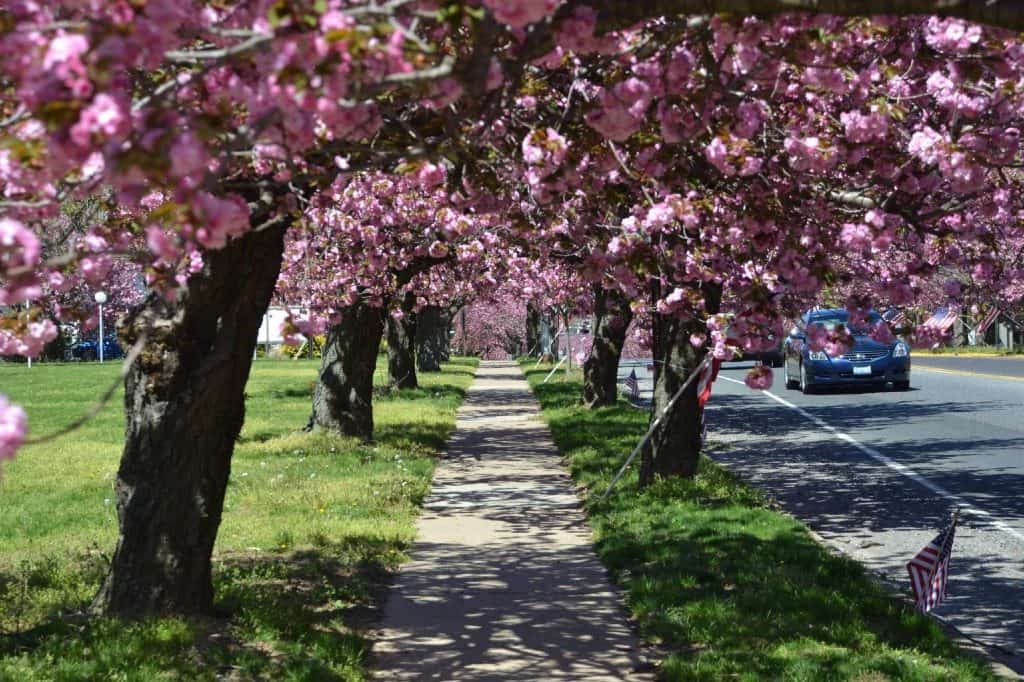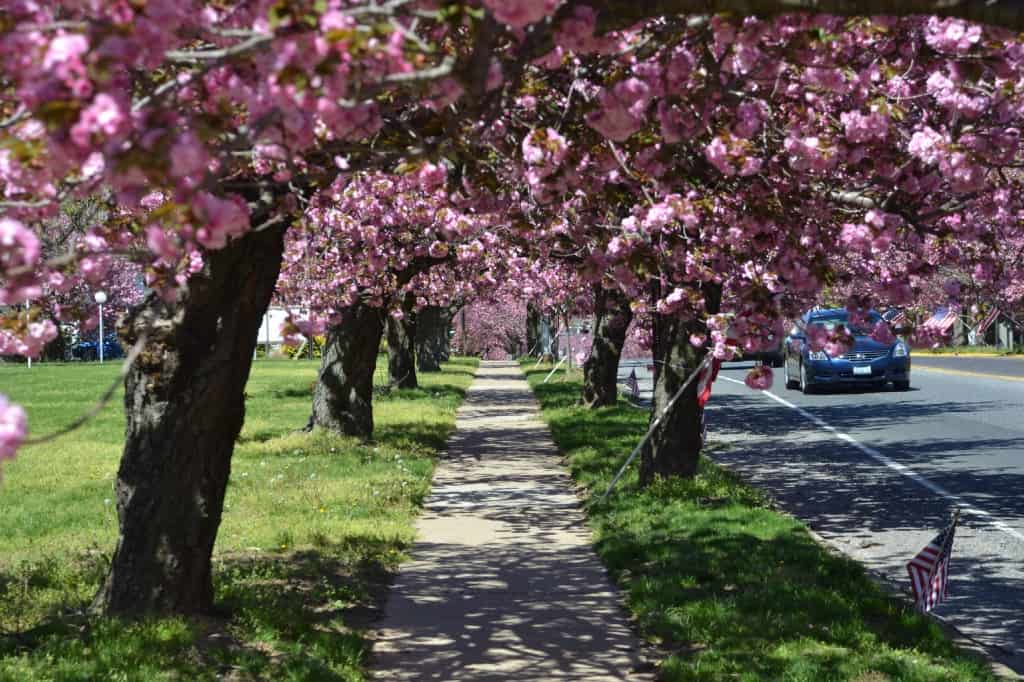
Take a look back at what the township’s demographics looked like more than 40 years ago and how they look today.

Today, Cherry Hill Township is home to more than 70,000 residents, 19 schools and 28,000 housing units.
Decades ago, however, Cherry Hill was a much different place. The demographics of the town were different. There were fewer people, but more school buildings. The value of a home was different and the cost of living was astronomically lower than today.
In June of 1973, the Cherry Hill Fact Book was published, outlining basic statistics on how the township looked in the early 1970s. The fact book, available in the Cherry Hill Public Library’s reference section, paint a picture of how different the township was more than 40 years ago compared to today.
How much has Cherry Hill changed since the early 1970s? Take a look at some of the statistics in 1973 compared to today below.
Population:
1973 — Cherry Hill Township experience a huge population boom in the 1960s. In 1960, census data reported 31,522 residents in the township. That number more than doubled to 64,395 residents in 1970. The U.S. Census estimated Cherry Hill would be home to about 73,500 residents by 1985, a number the township still hasn’t reached today.
2017 — The township’s population has continued to increase with each Census. In 2010, the U.S. Census reported Cherry Hill was home to 71,045 residents. That number has remained relatively flat since then, with the latest Census estimate reporting 71,340 residents in 2015.
Schools:
1973 — Despite the lower population, Cherry Hill had many more school-aged children in the 1970s then in present day. There were 23 schools in operation at the time, with 17,852 students enrolled in the Cherry Hill school district. A total of 934 teachers were employed in the district.
2017 — The National Center for Education Statistics latest data from the 2014–15 school year shows 19 schools operating in the Cherry Hill district. About 11,390 students are enrolled and the number of teachers is down to about 842. The student teacher ratio is about 13.5:1, lower than the 18:1 ratio in 1973.
Housing units
1973 — U.S. Census data from 1970 says there were 18,094 housing units in Cherry Hill that year. About 79.4 percent of the units were owner-occupied and the average value of an owner occupied unit was $28,055. The fact book notes new homes being constructed in Cherry Hill at the time were worth about $45,000. Renters could get a two bedroom apartment for the average price of $300 per month at the time.
2017 — The number of housing units has risen dramatically over the past 40 years, with 28,452 units present in the township as of the last Census in 2010. The number of owner-occupied units is slightly lower than 40 years ago at 78.8 percent. The median value of a home has risen to $266,800 and median rent from 2011 to 2015 is now nearly $1,300.
The people of Cherry Hill:
1973 — As of the 1970 U.S. Census, 36.1 percent of people in Cherry Hill had a high school degree and 27.3 percent had completed four years of college. The numbers were favorable compared to the national numbers at the time, when only 31.8 percent of Americans had a high school degree and 10.7 percent had completed four years of college. Also in 1970, 79.9 percent of Cherry Hill residents lived in a home with air conditioning and 52.9 percent lived in a home with two or more cars.
2017 — The number of Cherry Hill residents with a high school degree has spiked to 94.3 percent over the past 40 years. The number of residents with at least a bachelor’s degree has also increased to 54.2 percent.









